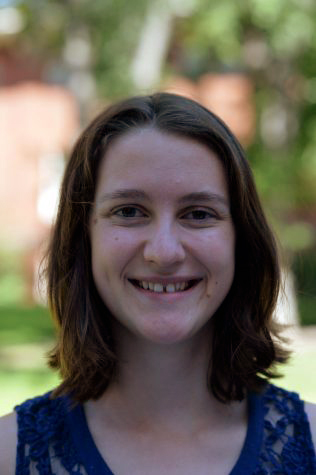Students experience siren deprivation
Researchers were surprised by findings when leaving town
February 15, 2018
WSU social scientists were in for a surprise when they decided to take a group of 200 seniors off campus for a week starting Feb. 7. Groups of 20 students traveled to local towns, including Moscow and Lewiston, and lived in reserved rental houses under the observation of a researcher.
These students were part of a small test group to observe how WSU students adapt to life outside of the university. Project head Lori Abadía said she and her team of nine others had a list of predictions based on campus traits, but few of their expectations were met.
“We thought there would be more symptoms related to the change in culture,” Abadía said, “like difficulty communicating with people who aren’t in their 20s, or various kinds of substance withdrawal.”
However, Abadía found that across all 10 groups, students adjusted to these factors almost immediately. The symptoms that did appear were instead a result of sound deprivation. Nearly 86 percent of students experienced some form of distress or confusion at the lack of frequent sirens.
“I couldn’t sleep at night without hearing police vehicles, and I found the relative silence really unnerving,” chemical engineering major Ira Klein said. “I developed a nervous tic where, without knowing it, I’d just kind of start this high-pitched whining to simulate a firetruck.”
Abadía said this wasn’t uncommon, as 96 of the students exhibited some form of anxious behavior due to sensory deprivation. A few subjects, all born and raised in Pullman, thought the sirens were a form of local wildlife rather than man-made.
Another unexpected result was the ability of students to pick out red objects at a long distance. Researchers in seven of the 10 groups reported subjects with this extraordinary vision capability, even in crowds of people or in dim lighting.
“It was really quite shocking, how far away some of these students could pick out a red T-shirt,” Olan Swenson, head of the Seattle group, said. “But they did have difficulty distinguishing blues and greens, presumably because cyan is opposite of red on the light spectrum.”
Because they did not expect to encounter this phenomenon, informally known as “crimson shifting,” the research team wants to study it more in the future. Improvements will include adding a control group and more specialized testing. They plan to attract a large group of participants by advertising a free Einstein’s bagel to any student who volunteers.
“It’s all happening so fast, but I’m very excited,” Abadía said. “The results we got from the weeklong experiment were not at all what we were expecting. We’re finding that WSU students are actually quite unusual.










